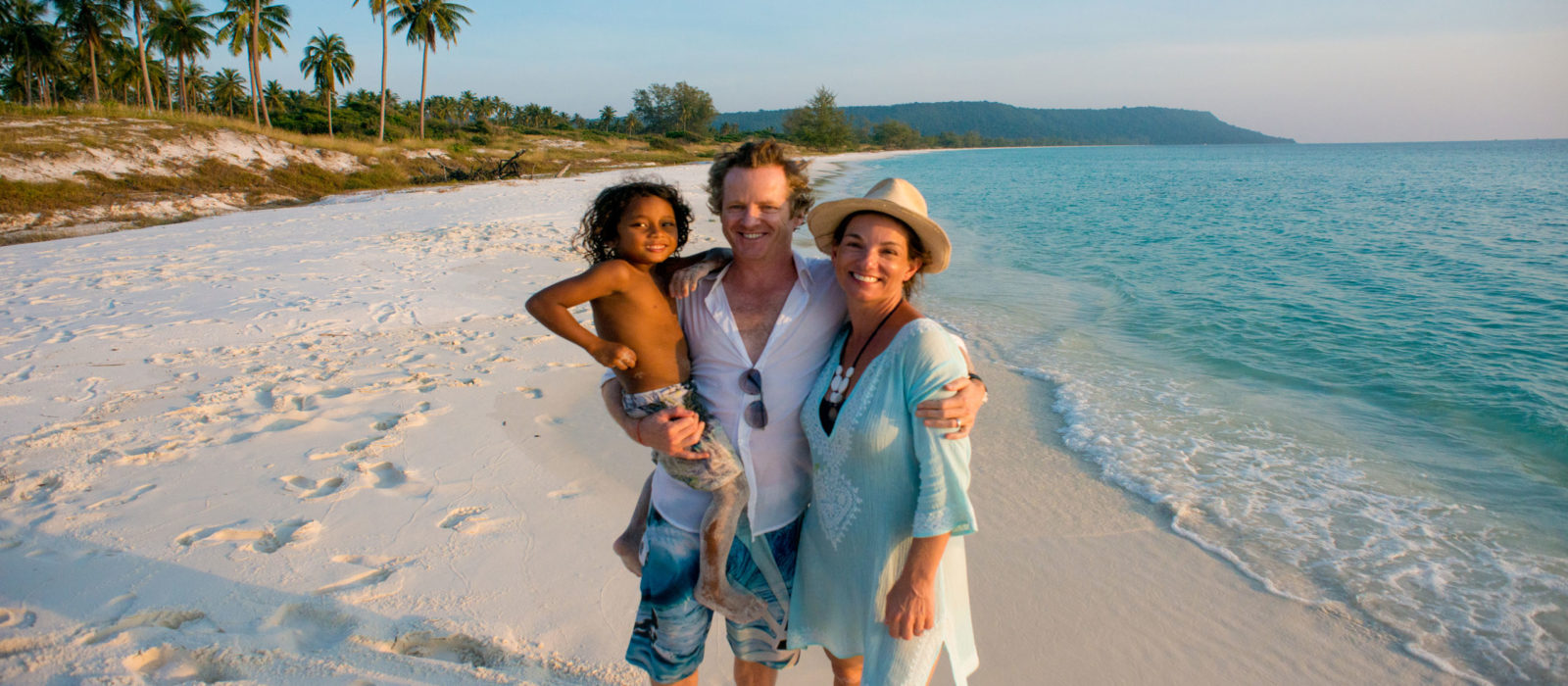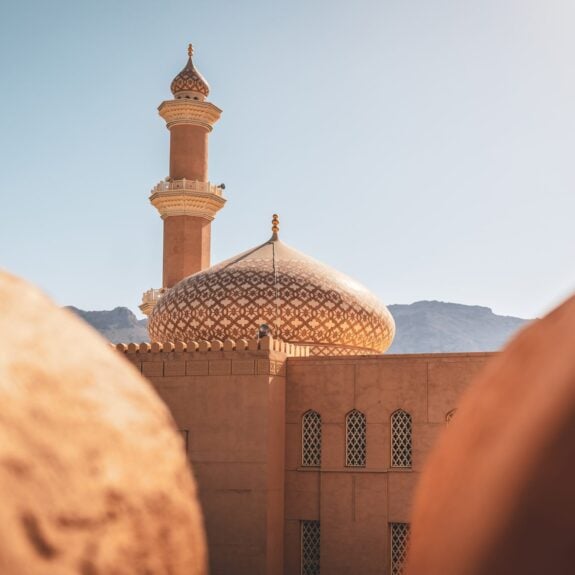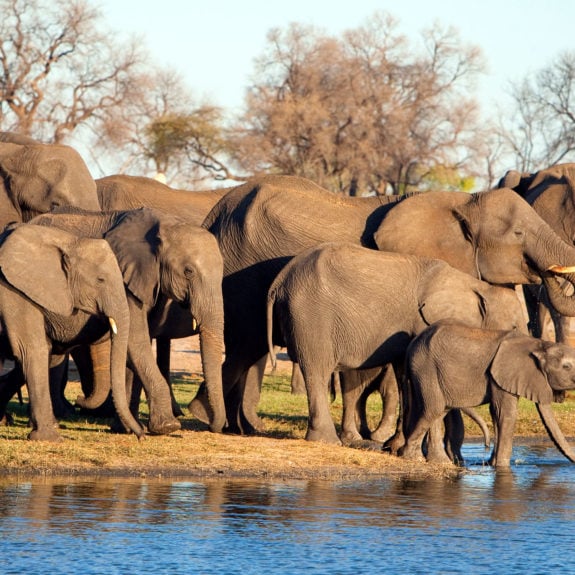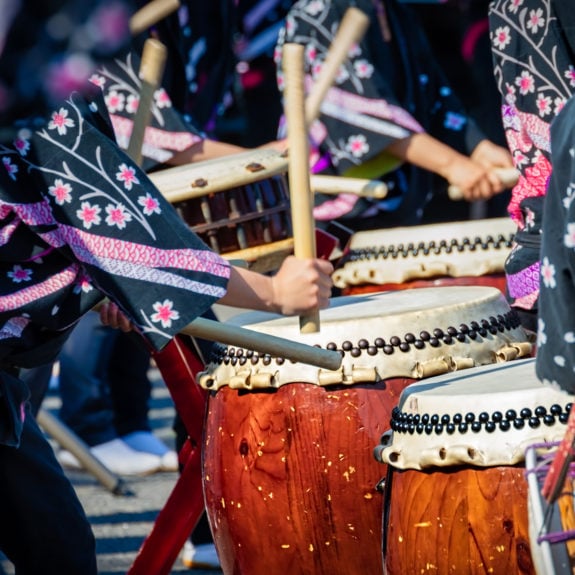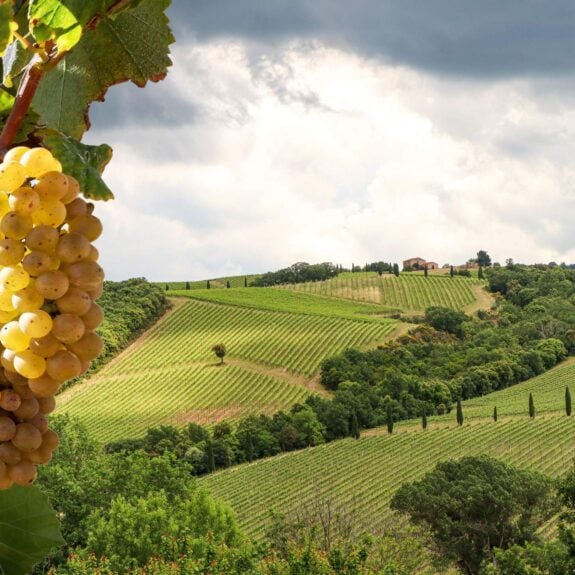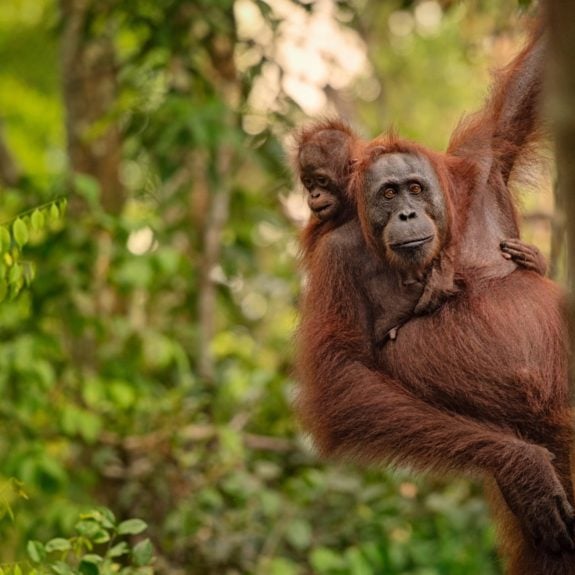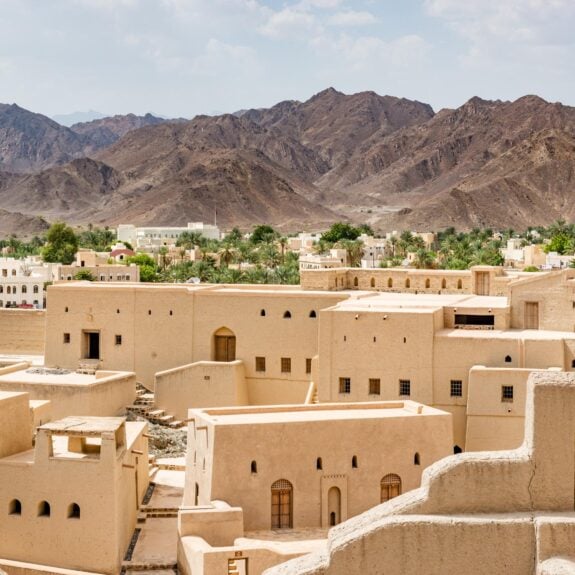Published on: May 23rd, 2014
Last modified: April 18th, 2023
Rory and Melita Hunter are the brains behind Cambodia’s first private island resort, Song Saa, and have proved that luxury travel can easily go hand-in-hand with thoughtful sustainability. We asked the couple about how they founded what is now one of Asia’s top luxury resorts, the Song Saa Foundation, and what’s next for the Hunters…
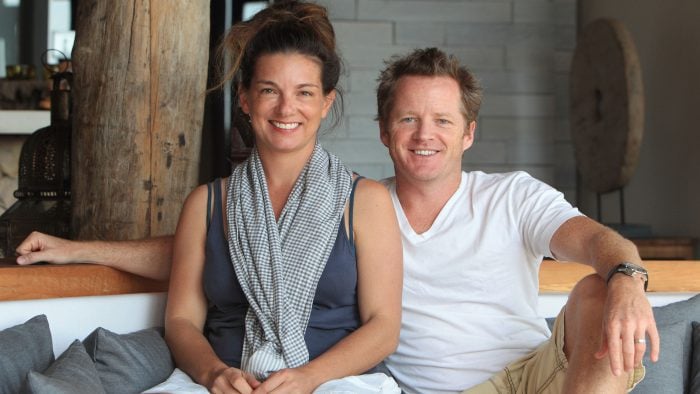
Song Saa was founded in 2005 after the two of you journeyed to the Koh Rong Archipelago. What was the process in deciding to create Cambodia’s first ever private island resort?
The truth is we did not originally set out to develop a private island when we first moved to Cambodia in 2004. It was only when we rented a fishing boat for two weeks and discovered this amazing archipelago – complete with turquoise waters and pure white sand beaches that stretched for miles, virgin rainforests, waterfalls and coconut plantations – that we even began contemplating a private island project.
We hadn’t planned on coming to Cambodia and starting a business – it was more of a stop-over for an adventure on our way to New York. Rory had held a senior role at Saatchi & Saatchi for many years and had been transferred to New York with the firm, when an opportunity came about to run an advertising agency in Cambodia. We fancied the adventure so planned to spend a year here before moving on, but Cambodia quickly got under our skin, and here we are today!
We completely fell in love with the country and quickly realized that there were some amazing development opportunities, so Rory resigned and we started our mission to find something special to create.
What experience did each of you have pre-Song Saa that helped to build the resort into the award-winning retreat it is now?
Prior to buying the islands, we established a successful property development company in Phnom Penh buying and restoring French colonial properties in the city to sell as apartments to mainly foreign buyers. Through this work, we gained invaluable experience in Cambodian property development, contracting, legislations, land rights, supply chains, etc.
Melita: I’d worked in the creative industries for many years as an interior designer and stylist specialising in using organic, recycled materials for interiors, art installations, set design and events.
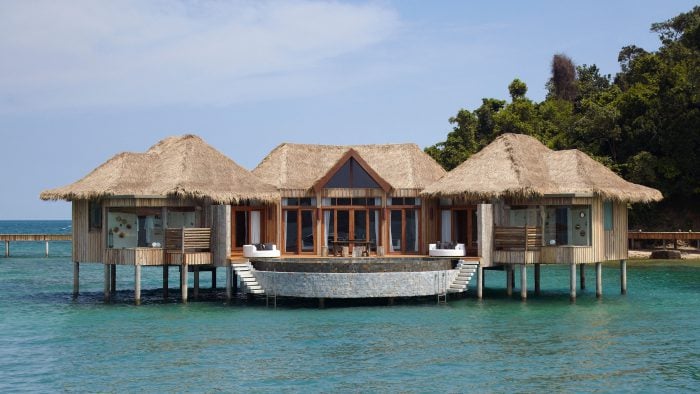
Sustainability is at the core of Song Saa. How have you considered eco issues while building the resort?
We have made a huge effort to use local and sustainable materials where ever we can without compromising on quality and comfort.
For example, all of the floors in the villas are old recycled housing materials from Thailand and Cambodia. The pool tiles are a local stone from the mainland. All the work stations are made from 100-year-old Cambodian beds.
We put the call out to buy all old fishing boats that had been left up the estuaries, rotting and beyond repair. By buying them off the locals and hauling them out of the rivers, we were not only able to use them for beautiful panelled art, but environmentally we were able to stop the effects of the paint leaching into the rivers.
We also sent our own large fishing boat out over several weeks to bring back as many pieces of driftwood lying on the banks of neighbouring islands. As no one has ever done this in Cambodia before, it meant there were hundreds of years’ worth of fallen trees for us to collect. We have been able to use these for feature columns throughout all of the outlets and villas, as well as the bases of the vanity units in the villas, sculptures all around the island, stools, tables, picture frames, and so on.
We also collected strangler vine from the jungle and used them as accents in some ceiling areas.
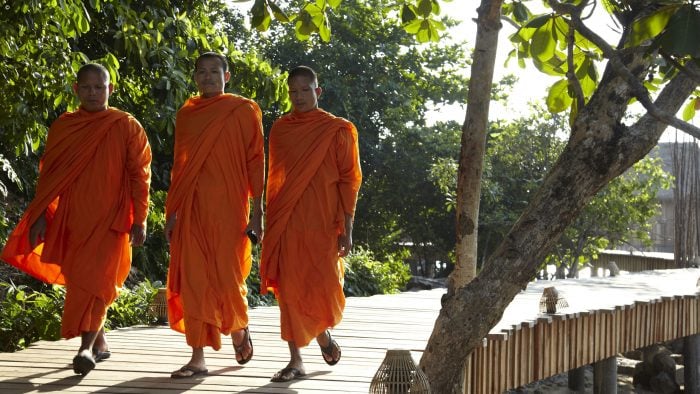
The Song Saa Foundation is a fantastic initiative. What are its greatest achievements to date?
To date, the Song Saa Foundation has completely transformed the conservation of the Koh Rong Archipelago.
In 2006, Song Saa’s community and conservation project created the archipelago’s first marine reserve, which in 2013 was increased to ten times its original size.
In September 2013, the Foundation coordinated the biggest medical outreach project ever undertaken in the archipelago. Completed in collaboration with the US-based organisation International Medical Relief, the project resulted in 1,000 people receiving medical attention over a five-day period: this amounted to over half of the archipelago’s population.
Over the next two years, the Foundation aims to raise enough funds to launch The Boat of Hope, a mobile sustainability unit that will spread Song Saa’s philanthropic work to the more remote parts of the archipelago and deliver health, education and livelihood services to communities where neither government nor NGO support has yet reached.
Other initiatives include the sea turtles programme, which has improved the protection of sea turtle nesting sites; on-going marine conservation programmes which have increased knowledge of the marine habitats found in the archipelago; and the mangrove and rainforest restoration projects.
How does luxury travel lend itself to sustainability?
Discerning travellers want to know that destinations like Song Saa are mindful of their impact on the environment, as well as providing positive outcomes for the local community. Adopting sustainable practices was always going to be top of our agenda. It’s luxury with a conscience and we believe the two can go hand-in-hand to create something truly special.
Melita, you’re the creative brain behind the design of Song Saa – what went into ensuring that the resort complimented the environment?
Melita: The natural environment is extremely important. We take inspiration from the local surroundings, by way of easily accessible, locally sourced materials, all to ensure that the design has a sense of place whilst remaining true to giving it its own unique identity.
For example, we spent many months with a team of surveyors, surveying all of the trees on the site well before any construction began, moving each structure ever so slightly from left to right and back again in order to make sure no trees would be cut down.
We are lucky to be surrounded by such a rich tapestry of textures and raw art and I’ve been able to use everything around me and use it as art. From the twisted vines in the jungle, to the amazing sculptural driftwood pieces, the bases of old oil drums made into chandeliers, huge orchid troughs made from driftwood brought in by our fishing boats.
We have been working with a Thai photographer who I commissioned to capture the surrounding islands and textures through photography using film and printed on canvas. It is through this medium that we have been able to introduce the beautiful muted colours of the local villages and fishing boats. It was important to me for the guest to always be aware that they are in Cambodia – not just any other island in the world.
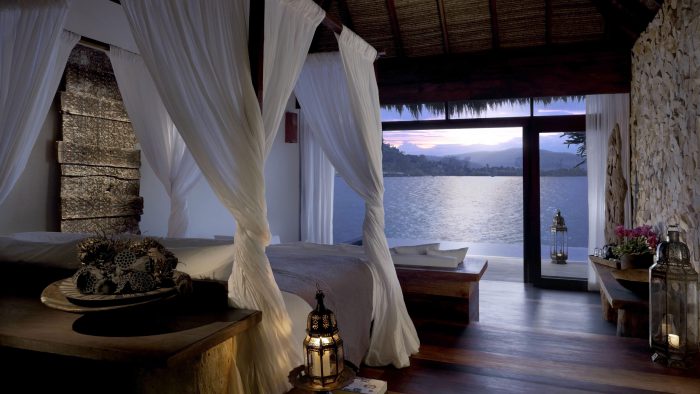
To whom does Song Saa appeal?
Song Saa appeals to those with a real sense of adventure, who might have been backpacking around the world 20-30 years ago, but who are now successful professionals with disposable income to spend. While their bank balances may have changed, this sense of adventure hasn’t.
These are people who expect luxury and have exacting standards for service and design, but are the kind of people who opt for something a little different, individuality over anything else.
With only 27 villas over two small islands, Song Saa offers a very intimate and private experience for guests. The goal is to ensure each guest feels like they are staying on their very own private island, whilst never losing the sense of place that they are in Cambodia.
As this is the first ever private island to be developed in Cambodia, we can offer guests the opportunity to explore the surrounding archipelago and see it as it’s been for thousands of years, be that kayaking up fresh water estuaries, island-hopping for picnics on deserted beaches, hiking through virgin rain forests to waterfalls, or visiting local fishing villages.
We also offer guests the ability to engage with our conservation and community programmes with the new Journeys of Change tours where guests can get involved with the work of our Foundation at grass-roots level with our resident conservationists, by monitoring the health of coral reefs and local turtle populations, visiting pilot aquaculture partnerships with local communities, and through some of our health and education initiatives.
Of course, we also have plenty of guests who want to kick back and do very little except enjoy the resort and treat themselves to the many indulgences Song Saa will offer.
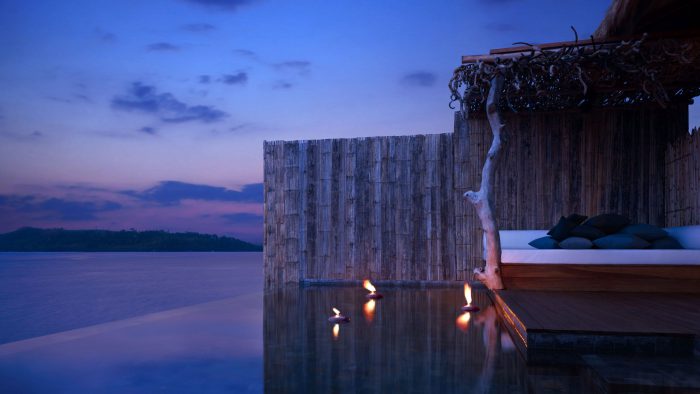
Tell us about the Journeys of Change experience.
From June 2014, Song Saa will donate five villas for five nights over a four month period to the Song Saa Foundation to be used for a new concept of small group philanthropic tours called ‘Journeys of Change’.
The vision is to go beyond the other socially conscious and luxury travel experiences in Cambodia and to offer something that is genuinely transformational. Behind this aspiration is a wish that the people who venture on these trips will leave and carry a legacy, through the connections that they make and what they leave behind.
These trips will be centred on the work of the Song Saa Foundation and its pioneering efforts to promote the protection of the local marine and rainforest environments of the globally unique Koh Rong Archipelago.
Each Journey of Change would be sold as a group to ensure the Resort and the Foundation are able to have the senior staff on site to engage with the guests and introduce them first hand to the work they’re doing and where the money spent on their villa is going.
They would then enjoy all the resort has to offer in the same way any other guest can, but they will also get the chance to engage as deeply as they would like with the Foundation and all the work they’re doing.
The idea being that this will appeal to a different kind of philanthropic traveller: one who would love nothing more than to see first-hand where their money is being spent and the impact it’s having on both the environment and the local communities while experiencing this from the luxury of Song Saa.
What are three things you’d recommend guests do while at Song Saa?
Our top three recommendations would definitely be: a picnic on five-mile beach; underwater meditation; and a cooking class in the over-water restaurant with our resident Khmer chef, Sophat.
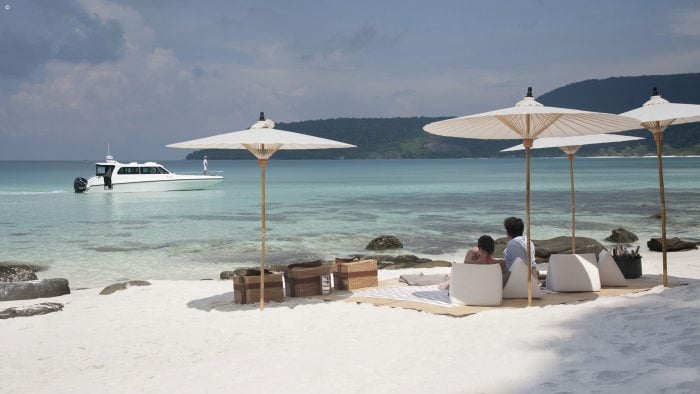
What does the future hold for Song Saa and the Hunters?
We’re dedicated to continuing to build Song Saa as a brand that is recognised as an international leader in sustainable luxury. Along the way an absolutely key focus will be to ensure that the Song Saa Foundation continues to work hand-in-hand with the local communities whose lives our business has the power to transform in a positive way.
